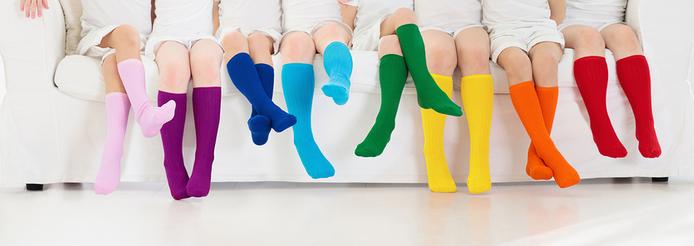“Anyone who launches new products will immediately appreciate the power of this resource to influence design direction, target appropriate price points, and select materials with high consumer appeal. What I love most is that it facilitates open and powerful discussions across the marketing, design and business teams. It minimizes reliance on “the gut feel” of just one individual in an organization and helps create a unified vision for success.”

By now, with 10 keys to successful product development shared, we hope you have thoroughly explored all the various frameworks through which you can understand your consumers. Now it’s time to start linking consumers to products. By that we mean linking consumers’ visual preferences to the products they purchase. We started in this direction in an earlier blog on Design Segmentation. This entry takes it a step further with Color Segmentation.
Our research has taught us that we can help our clients to target specific audiences through the use of color. Different age groups, genders, income tiers, races and ethnic groups are all targetable through color. Think about it. Is there an easier way to differentiate products than by producing them in multiple colors? Is there an easier way to garner incremental retail shelf space than through color proliferation?
In a recent study we asked consumers their color preferences for specific kitchen products. We found great consistency in color preference within groups and considerable differences between groups-which is to say that color segments consumers. Here are some examples:
For a particular kitchen product we found while everyone universally likes white, Gen Y favors both Silver/Stainless and Black much more than Boomers do. This is perfectly aligned with another finding from the same study – that revealed Gen Y favors contemporary styled products while Boomers favor traditional styled products.
Yet another example -- while Orange may have niche appeal for this particular kitchen product, our study reveals it is more preferred by Males over Females, is preferred twice as much by Gen Y than by Boomers, and is preferred twice as much by those who live in the West vs. those who live in the South or Central regions of the US.
Give us a person’s color preferences and we could predict their age, gender, household income, possibly even their race/ethnicity. Do you have that kind of understanding of your consumers’ color preferences? Shouldn’t you? Call or email us today to learn more about using color to grow your product lines, your market share and your profitability.



